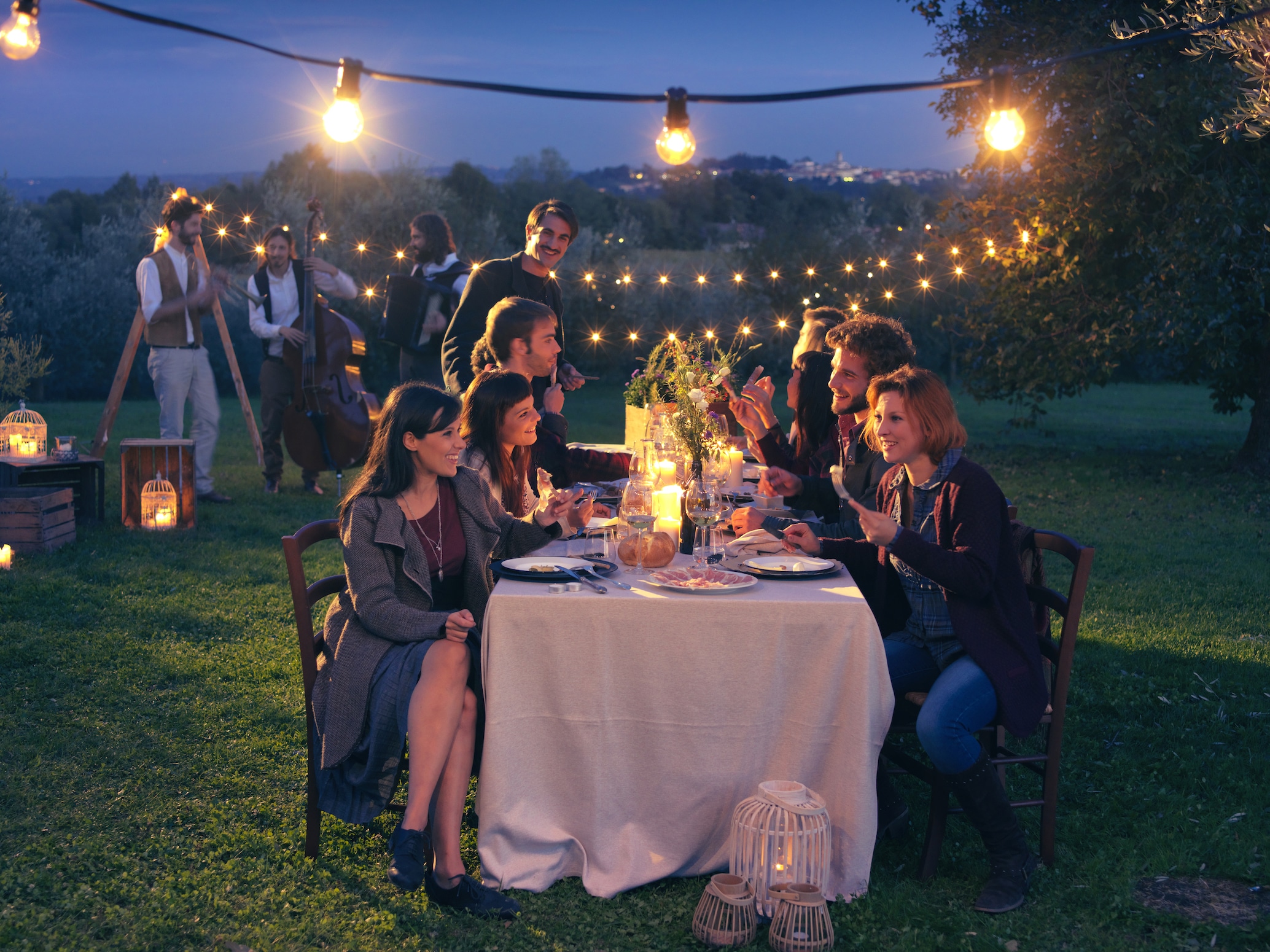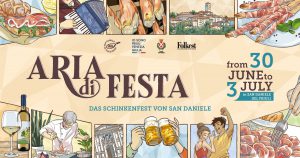Why, and how, Italians celebrate important dates with food.
Inspiration on what to dine on during holidays and feast days.
Food has long been associated with holidays – in fact, the word ‘festival’ has close associations with the word ‘feast’, originally used as a byword for a religious celebration.
In modern times, a feast simply means a large spread of delicious food, but almost every society in the world still marks both special religious and secular occasions with the preparation and serving of food and drink.
The consumption of particular foods during times of celebration has the purpose of uniting and strengthening community bonds, while helping to maintain a common identity among a group of people.
When food was either scarce or expensive, feasting was usually restricted to special days commemorating a particular saint or to larger events in the religious calendar, including Easter and Christmas.
Many of these celebrations have become associated with a particular type of food – in the United Kingdom and some Commonwealth countries, Shrove Tuesday, or Martedì Grasso as we call the day in Italy, is marked by eating pancakes which supposedly used up store cupboard ingredients in preparation for fasting during Lent.
Turkey is a traditional meal at Thanksgiving in the United States, as well as during Christmas in some countries, while fish such as carp are eaten on Christmas Eve in many European countries.
In southern Italy, a popular Christmas Eve dish is roast or baked capitone, a female eel. The dish has its origins deeply-rooted in ancient superstition, with the eel’s characteristics said to resemble those of a snake, regarded by Christians as the embodiment of evil. The consumption of the capitone is a symbolic act, representing the birth of Jesus triumphing over the snake which tempted Eve to eat forbidden fruit.
In northern Italy, a popular Christmas lunch is pasta in brodo – pasta in broth, although the Italians’ consumption of sweet dishes and desserts is much higher than at other times of the year.
Around the Friuli region, the home of Prosciutto di San Daniele, gubana – a spiral-shaped yeast cake filled with nuts, raisin, pine nuts, sugar and lemon zest is eaten widely. Gubana can trace its origins back to the 15th century when it was first made to celebrate the Pope’s visit to Cividale del Friuli.
We Italians also have particular dishes which are served during the Easter holiday. While there are regional variations in some of the traditional dishes, the customary meal of lamb on Easter Monday – also known as Pasquetta (Little Easter) or Lunedi dell’Agnello (Lamb Monday), is eaten across much of the country.
While people in and around Rome typically make lamb soup or serve it with an egg and citrus sauce, those in the south of Italy often put it in a stew, while elsewhere it will be simply roasted with local herbs.
Many of the dishes served often have some significance to the event – food at a wedding feast for example, will often have a particular meaning in different parts of the world.
Most wedding celebrations around the world feature some kind of cake as a centrepiece, often with some significant feature, depending on the country. A tiered cake is popular in English-speaking countries, while in Italy every region has its speciality.
Although a wedding cake wasn’t always a traditionally part of the day in some parts of Italy, elsewhere the mille-foglia, a cake made from layers of filo pastry sandwiched between chocolate and vanilla cream and topped with a garnish of strawberries is very popular.
The tradition of eating birthday cakes, particularly that associated with the blowing out of candles, reputedly originated around Germany during the 18th century, but quickly spread across the world.
While the birthday cake has become more elaborate in its design, it still simply represents a sharing of joy and a sense of togetherness, with the cake usually being distributed to all the guests at the birthday party.
While food is one of the most important guests at any celebration, drink is also an essential fixture on every festive table.
While wine, particularly prosecco, is probably the most popular tipple, most forms of alcohol are welcome additions at any celebratory feast. Whatever the region or beverage, the one enduring feature of any celebration is that of raising a glass and proposing a toast to friends, colleagues, family and to health, wealth and a long life. Saluti!





